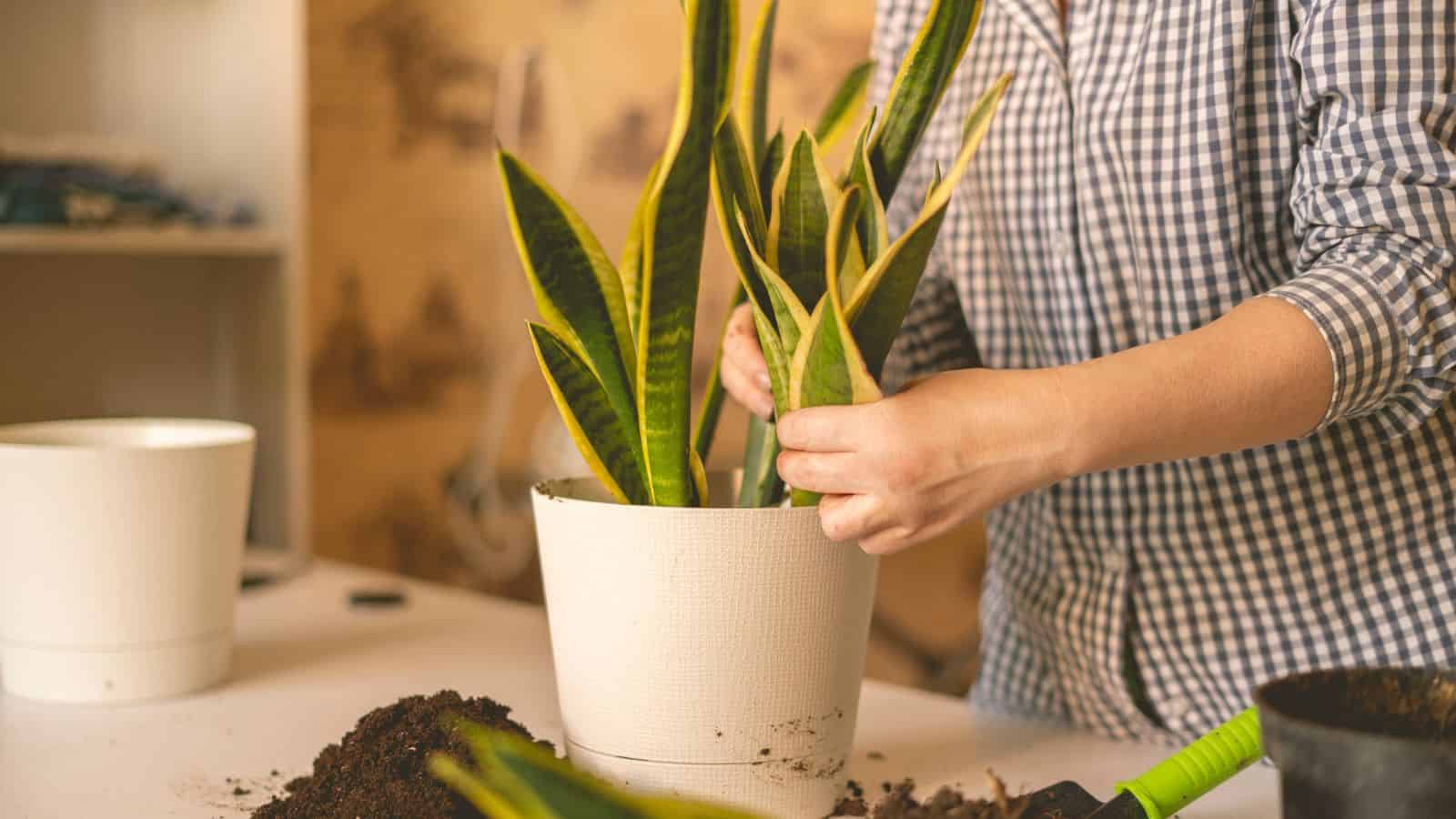Choosing the right pot for your plants is crucial for their health and growth. The pot you select affects not only the aesthetics of your garden or indoor space but also the well-being of your plants. Here’s a guide to help you choose the perfect pot for your plants.

Consider the Size
One of the most important factors when choosing a pot is its size. The pot should be large enough to accommodate the plant’s root system, but not so large that it retains too much moisture, which can lead to root rot.
Size Tips:
- Small Plants: For seedlings or small plants, choose a pot that is only slightly larger than the root ball. This allows the plant to grow but prevents excessive soil moisture.
- Growing Plants: For growing plants, a pot that is 1-2 inches larger in diameter than the current pot is usually sufficient. This gives the roots room to expand without overwhelming them with too much soil.
- Large Plants: Large plants and trees require substantial pots that provide stability and ample space for root growth. Ensure the pot is deep enough to support the root structure.
Select the Right Material
Pots come in various materials, each with its own advantages and disadvantages. The material you choose will affect the pot’s weight, durability, and how well it regulates moisture and temperature.
Common Pot Materials:
- Plastic: Lightweight, inexpensive, and available in many styles and colors. Plastic pots retain moisture well but may not provide adequate drainage if not properly designed.
- Terracotta: Made from clay, these pots are porous and allow for better airflow and moisture regulation. However, they can dry out quickly and are heavier than plastic pots.
- Ceramic: Often glazed and available in decorative designs. Ceramic pots retain moisture better than terracotta but can be heavy and more expensive.
- Metal: Durable and modern in appearance. Metal pots can heat up quickly in direct sunlight, which may affect the soil temperature.
- Wood: Natural and attractive, wood pots provide good insulation but can deteriorate over time if not treated or lined properly.
Ensure Proper Drainage
Proper drainage is essential to prevent water from pooling at the bottom of the pot, which can cause root rot. Always choose pots with drainage holes.
Drainage Tips:
- Multiple Holes: Pots with multiple drainage holes ensure that excess water can escape easily.
- Saucers: Use saucers under pots to catch excess water, but make sure to empty them regularly to avoid waterlogging.
- Adding Drainage: If a pot does not have drainage holes, consider adding them or using a well-draining inner pot that fits inside the decorative outer pot.
Think About Aesthetics
While functionality is crucial, the aesthetics of the pot are also important, especially if the pot will be a prominent feature in your home or garden.
Aesthetic Considerations:
- Style: Choose a pot that complements your decor and the style of your plants. Sleek, modern pots may suit contemporary spaces, while rustic or handcrafted pots might be better for a traditional garden.
- Color: Consider the color of the pot in relation to your plant’s foliage and flowers. Neutral colors can blend seamlessly, while bold colors can make a statement.
- Shape: The shape of the pot should harmonize with the plant’s growth habit. Tall, narrow pots are good for plants with deep roots, while wide, shallow pots are ideal for spreading plants.
Evaluate Durability and Maintenance
Consider the durability of the pot and the maintenance it requires. Some materials are more prone to weathering or damage than others.
Durability Tips:
- Outdoor Use: For outdoor plants, choose pots that can withstand varying weather conditions. Terracotta and plastic are good choices for their durability.
- Indoor Use: For indoor plants, consider pots that are easy to move and clean. Ceramic and plastic pots are often preferred for indoor use.
- Maintenance: Ensure the pot material is easy to clean and maintain. Some pots may require periodic sealing or treatment to remain in good condition.
By considering these factors—size, material, drainage, aesthetics, and durability—you can choose the right pot for your plants, ensuring they have the best possible environment to thrive. Happy planting!
